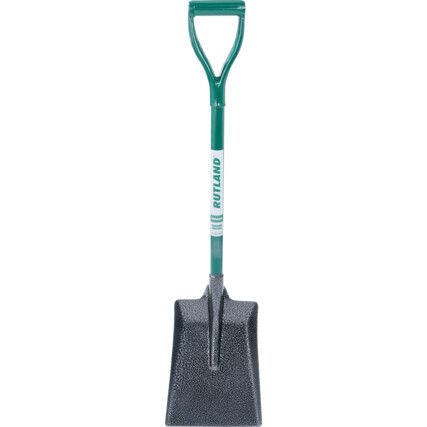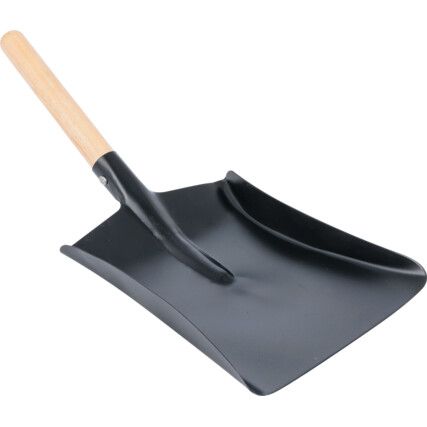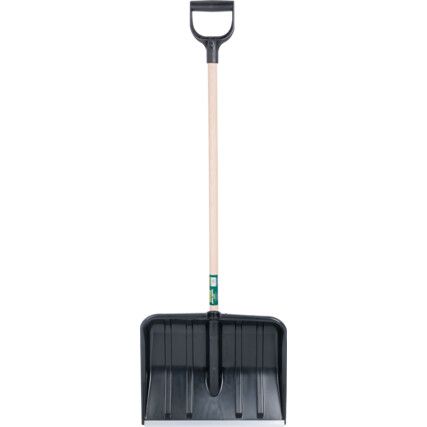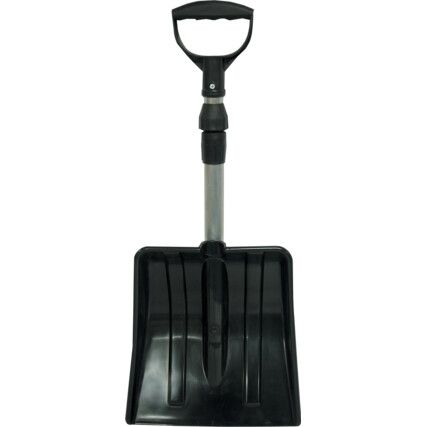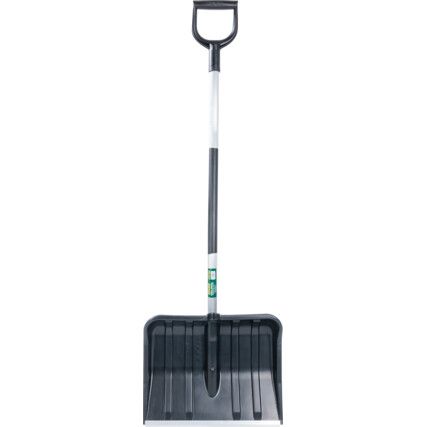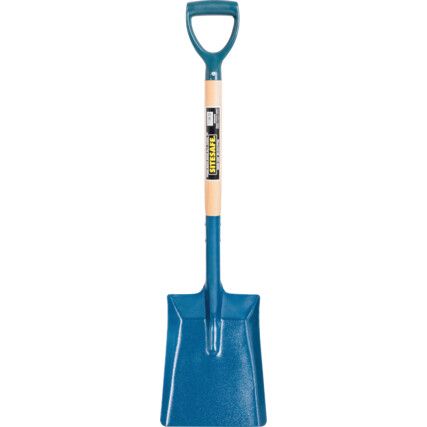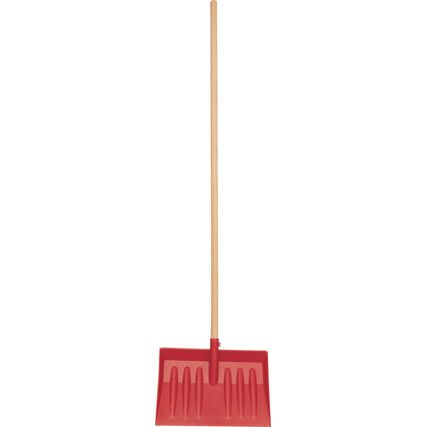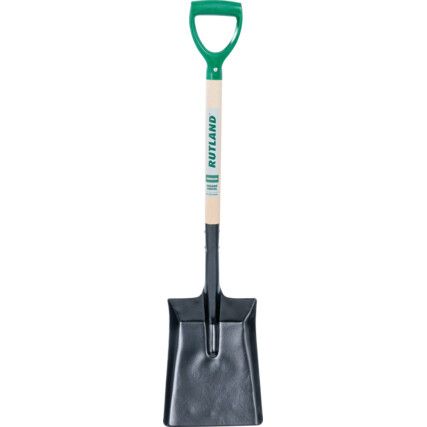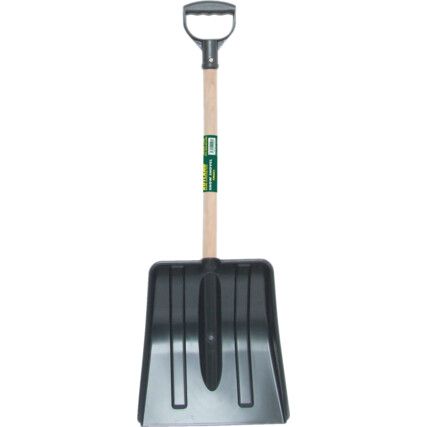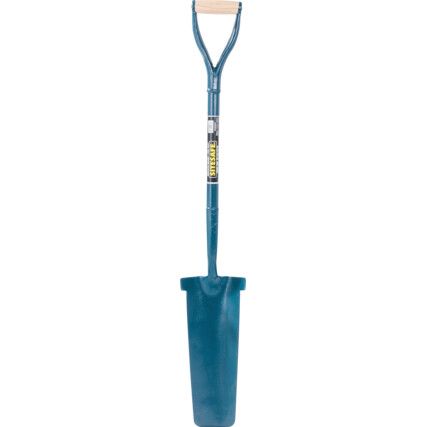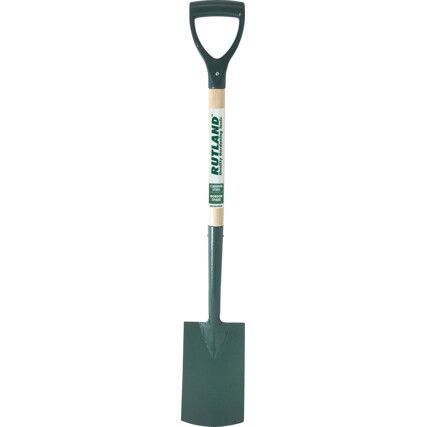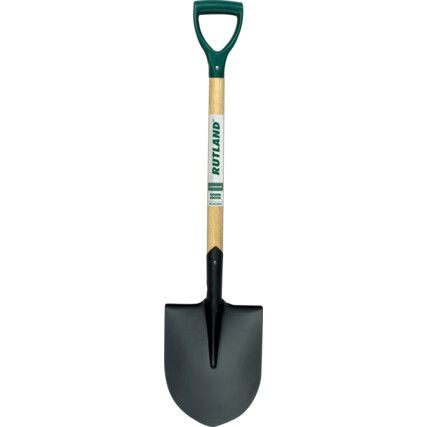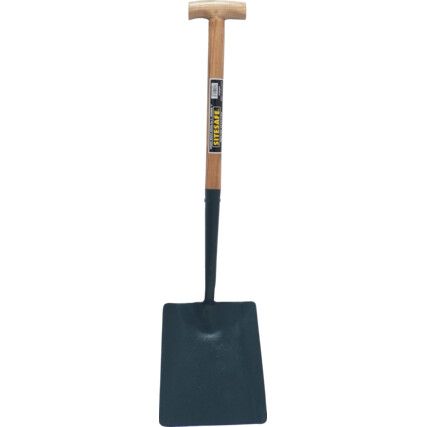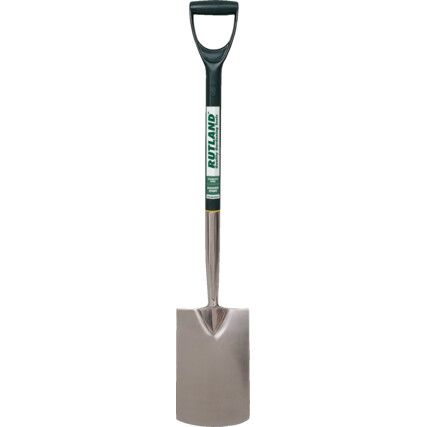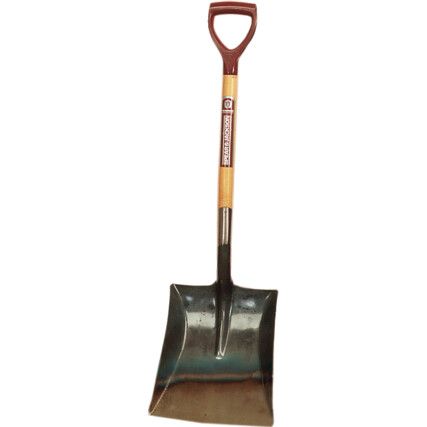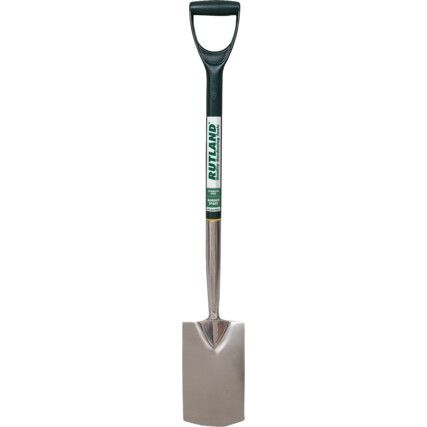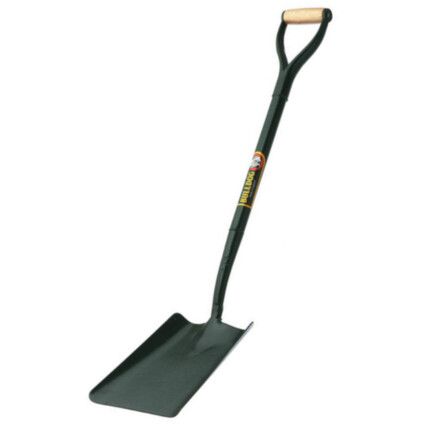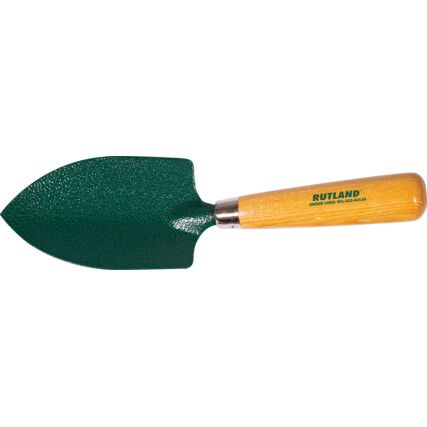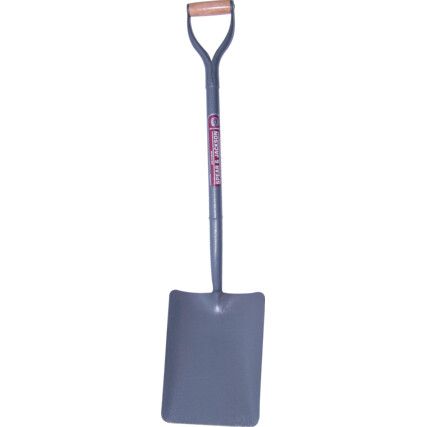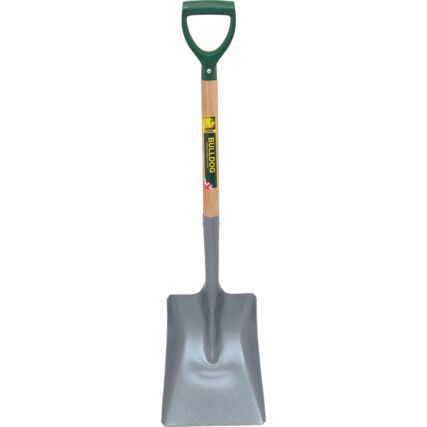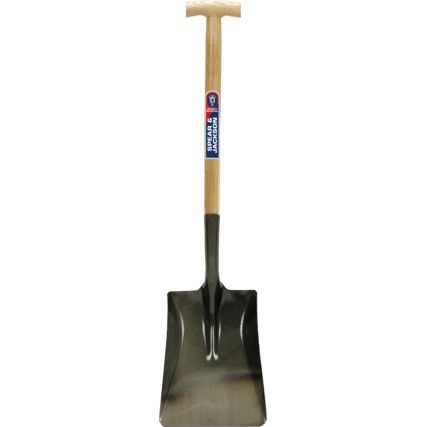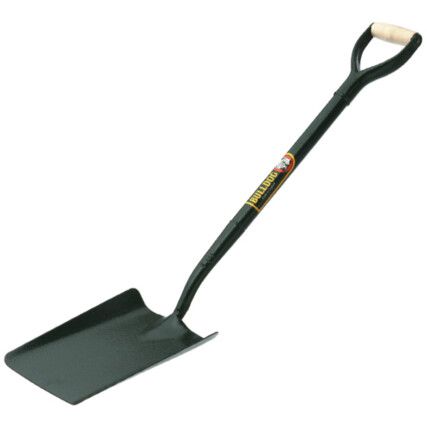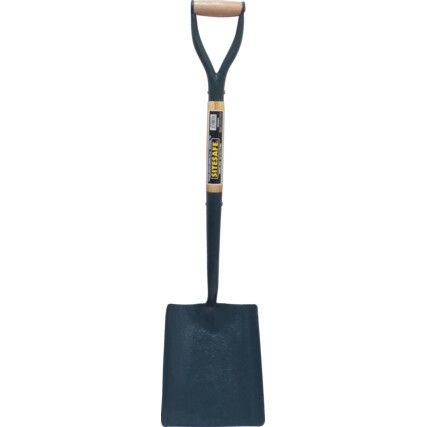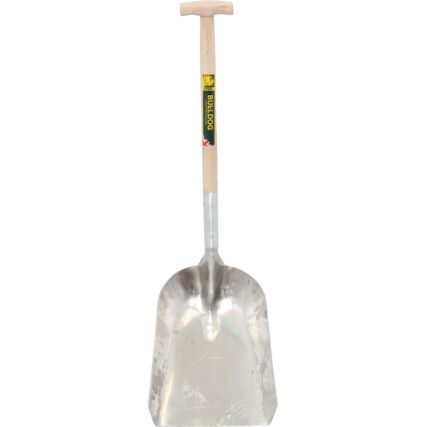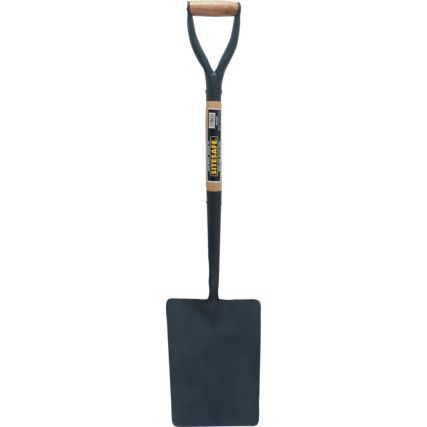Spades & Shovels
Shop for shovels online now at Cromwell. We stock a wide range of shovels in a range of materials to suit your industry. Here at Cromwell, we carefully select our products from market-leading brands, like Bulldog®, Harold Moore®, Spear & Jackson® and our own brand, Rutland®.
What are shovels?
Shovels are hand tools used to dig and move soil, snow, aggregate and more in a wide range of industries. All designs feature a shaft and handle, but the blade for each variant differs slightly to suit the application. For example, a trenching shovel will feature a longer blade than the average shovel and is often used by fencers to dig the holes for posts.
Shovel types
Shovels are available in a range of designs to suit different types of activities from shovelling and moving dirt or sand, to digging holes and trenches...
• Garden spade - Featuring a straight, rectangular blade, the garden spade, or digging spade as its sometimes known, is a type of shovel used to dig and turn the soil to prepare to plant beds and to dig holes when planting flowers and saplings.
• Snow shovel - Designed with a wide, deep blade, snow shovels collect and move large amounts of snow from paving and roads.
• Trenching shovel - Sometimes called cable laying shovels, these tools are used to dig and clear shallow trenches.
• Border spade - This is a smaller, lighter version of a garden digging spade designed to turn soil.
Considerations when choosing a shovel
• Application - choose a shovel that will work best with the material you'll be working with and the action you'll be using. For example, a garden spade is used for digging through all types of soil.
• Weight - heavier shovels are a great help when cutting through heavier material, however, those with joint or back issues may opt for a lighter tool.
• Length - choosing the correct length shaft for your height will prevent excessive bending and prevent back strain.
• Blade material - stainless steel blades are strong and easily cut through clay soils, while carbon steel is stronger and lighter and is ideal for heavy-duty applications.
• Shaft material - typically made from wood, metal, fibreglass, or plastic each material has its own advantages. A wooden shaft will absorb impact but must be kept out of the wet, while metal shafts are strong, but won't absorb impact. Fibreglass and plastic shafts are lightweight and absorb shock, however, they're not as durable and easy to replace as the other materials discussed here.
• Handle - available in a T-grip or YD grip, YD grips offer a secure hold but may cause discomfort for those with larger hands. A T-grip on the other hand is suitable for all hand sizes and allows a high level of downward force to be applied to the blade.
• Foot treads - this curved tread at the top of the blade is designed to help stabilise during digging and to apply a good downward force. They also help to protect the soles of the shoes and are available in various widths and grip patterns to suit user preference.
FAQs
How do you maintain a shovel?
Depending on the material of the shovel, ensure the tool is clean after use and stored correctly away from the elements. Wooden shafts should be periodically checked for splinters. If rough edges are found, they can be sanded with a high-grit sanding paper followed by a wax or oil treatment to maintain protection against wet weather. For metal blades, again these should be checked for damage and the edges sharpened. Carbon steel blades will benefit from a treatment of oil after sharpening to prevent corrosion.
Is there a difference between a spade and a shovel?
A spade falls under the shovel category. Spades typically feature a sharp, rectangular blade designed to cut through clods of earth, which includes roots and plant matter to turn and break down the soil rather than lifting and moving it.
